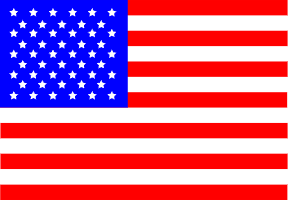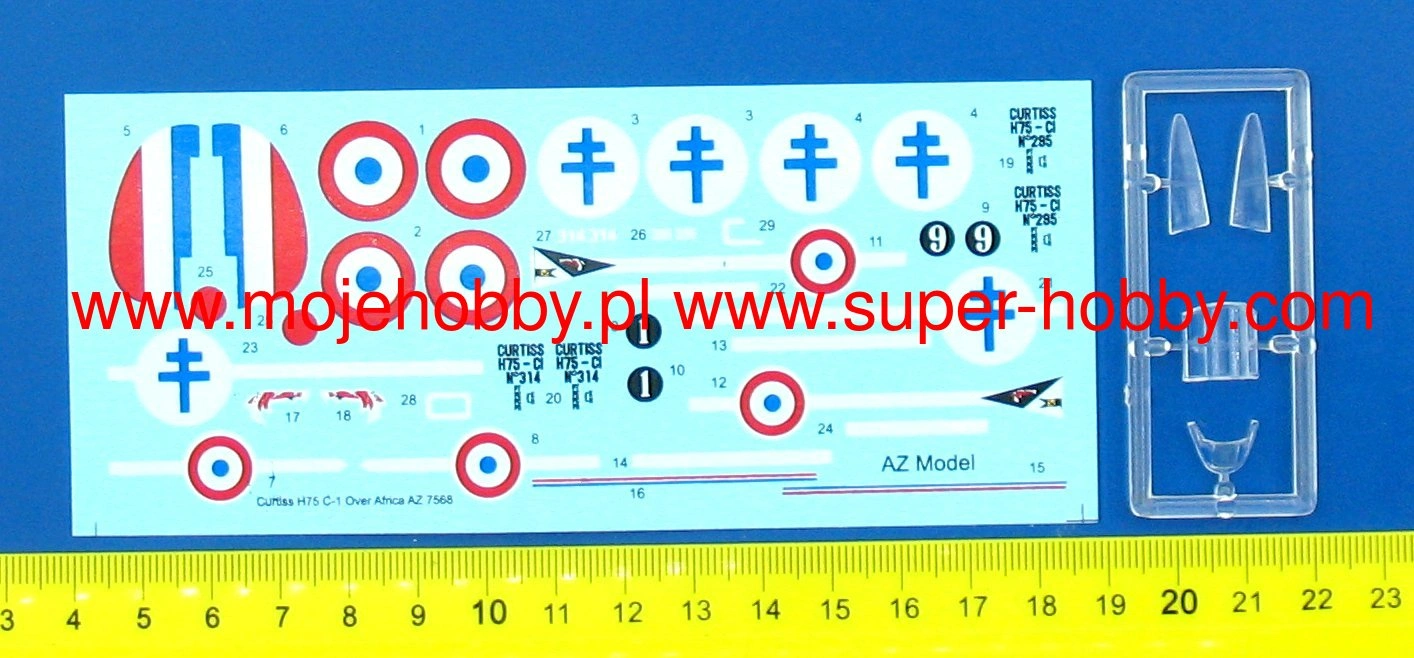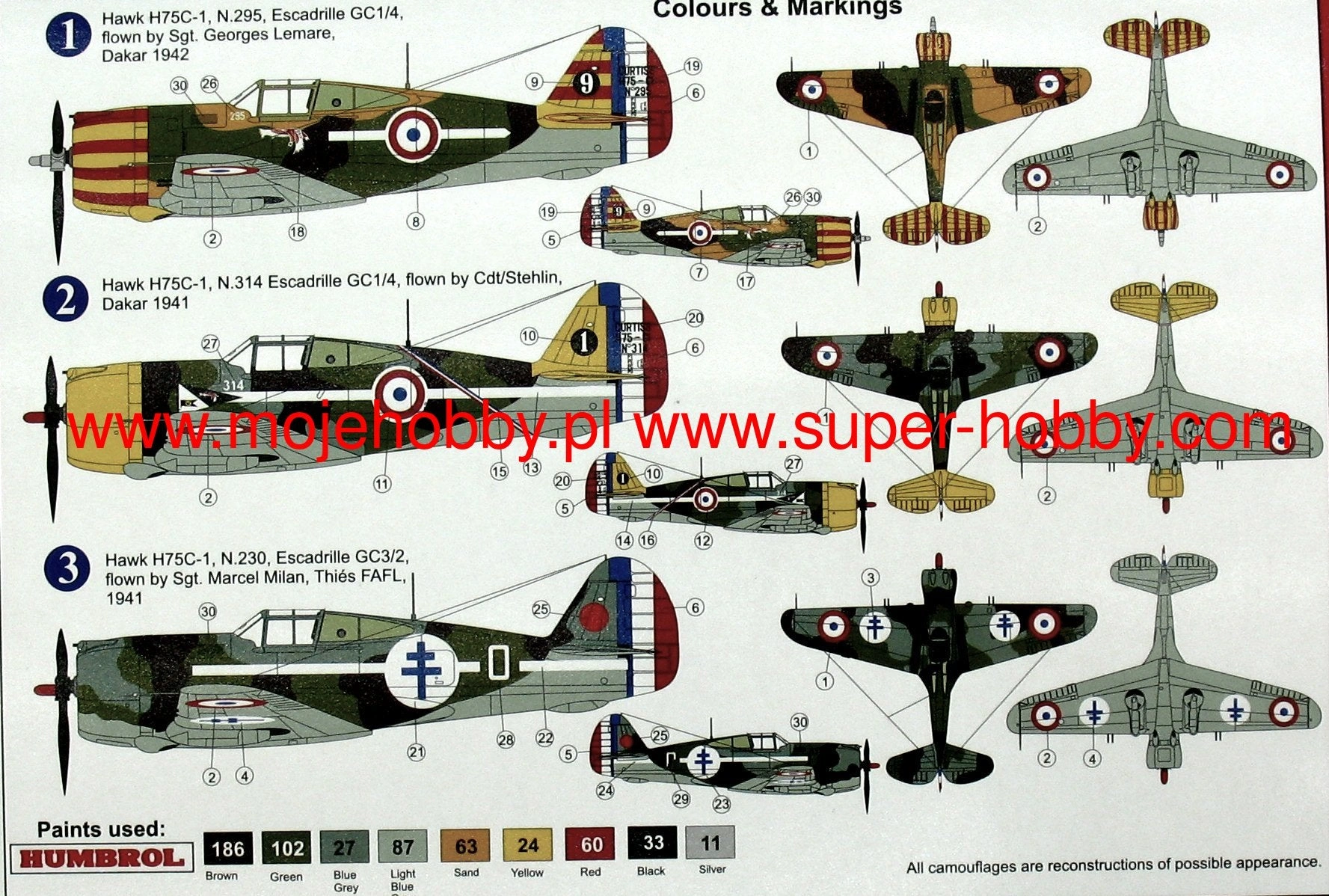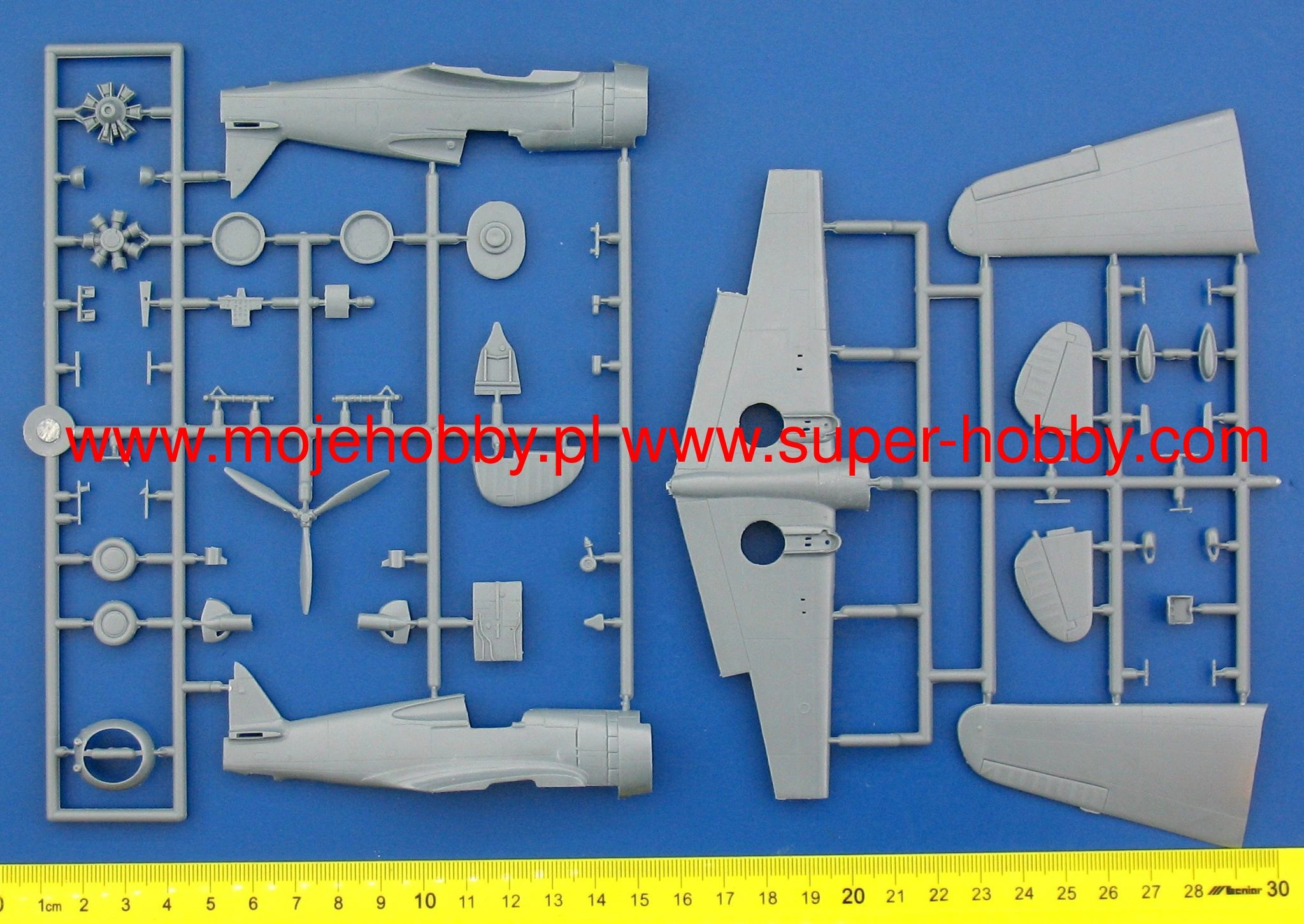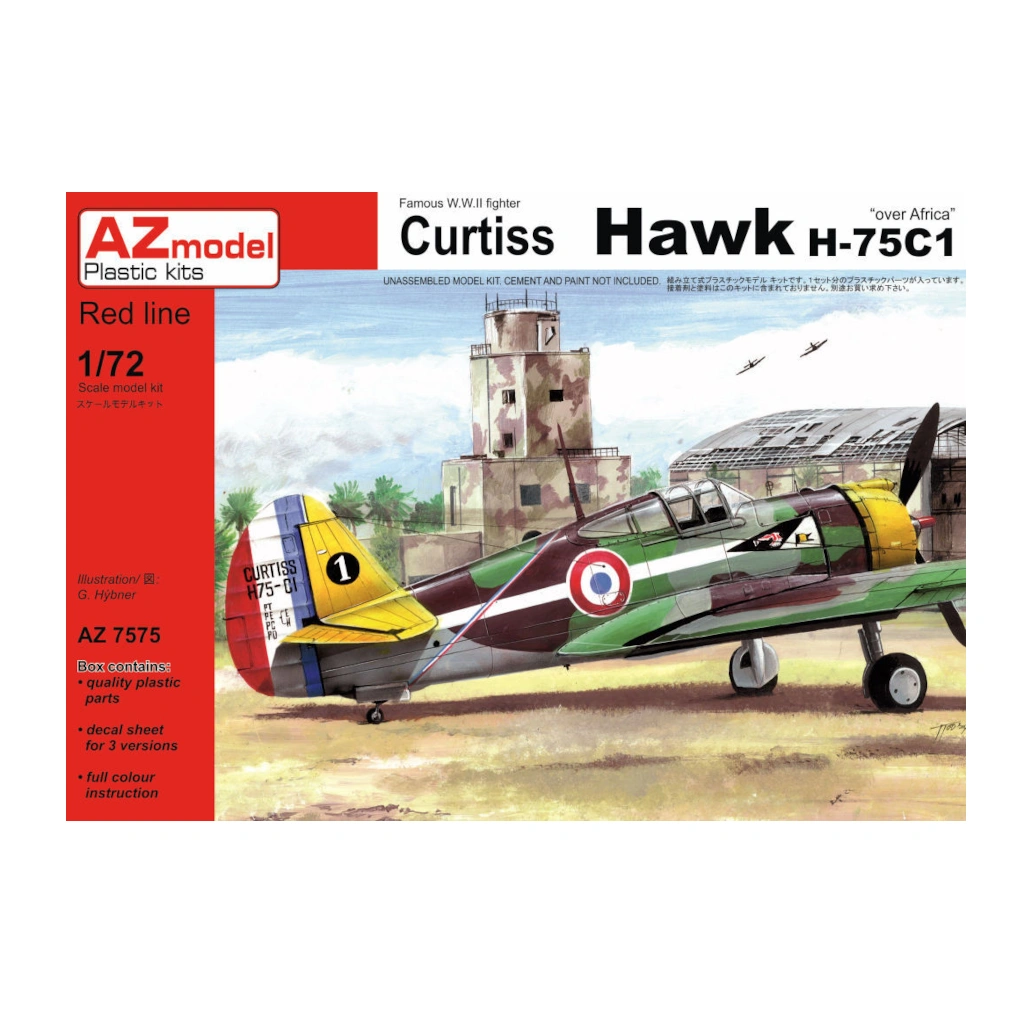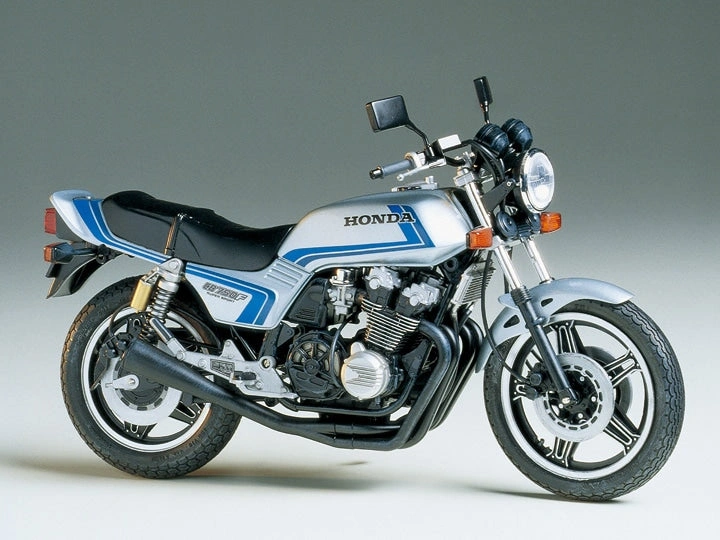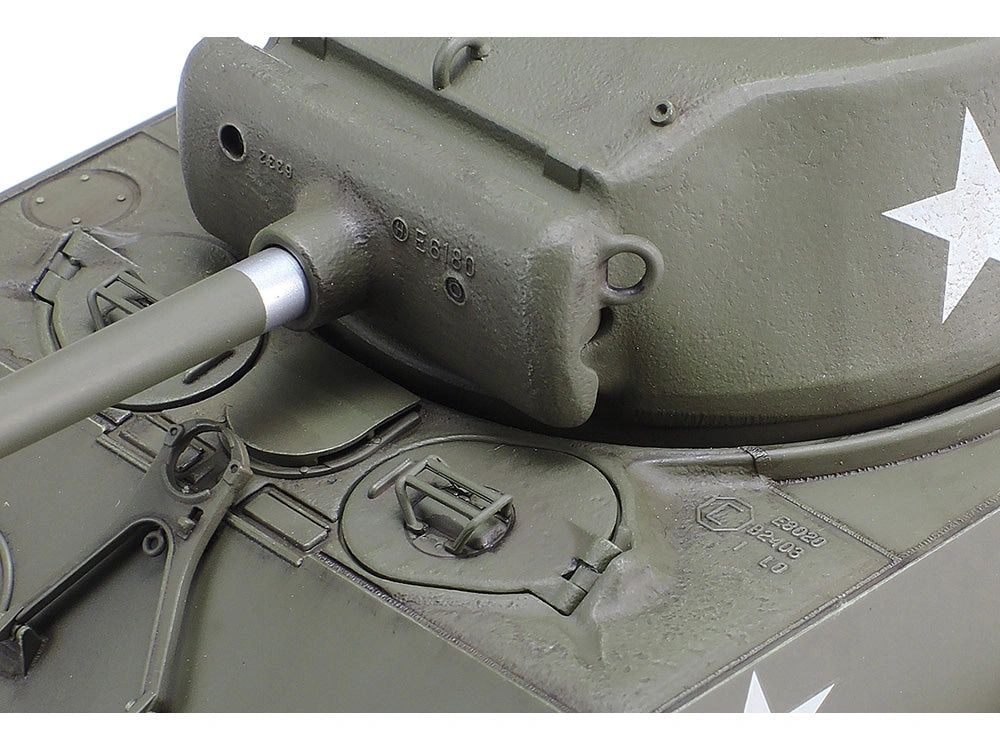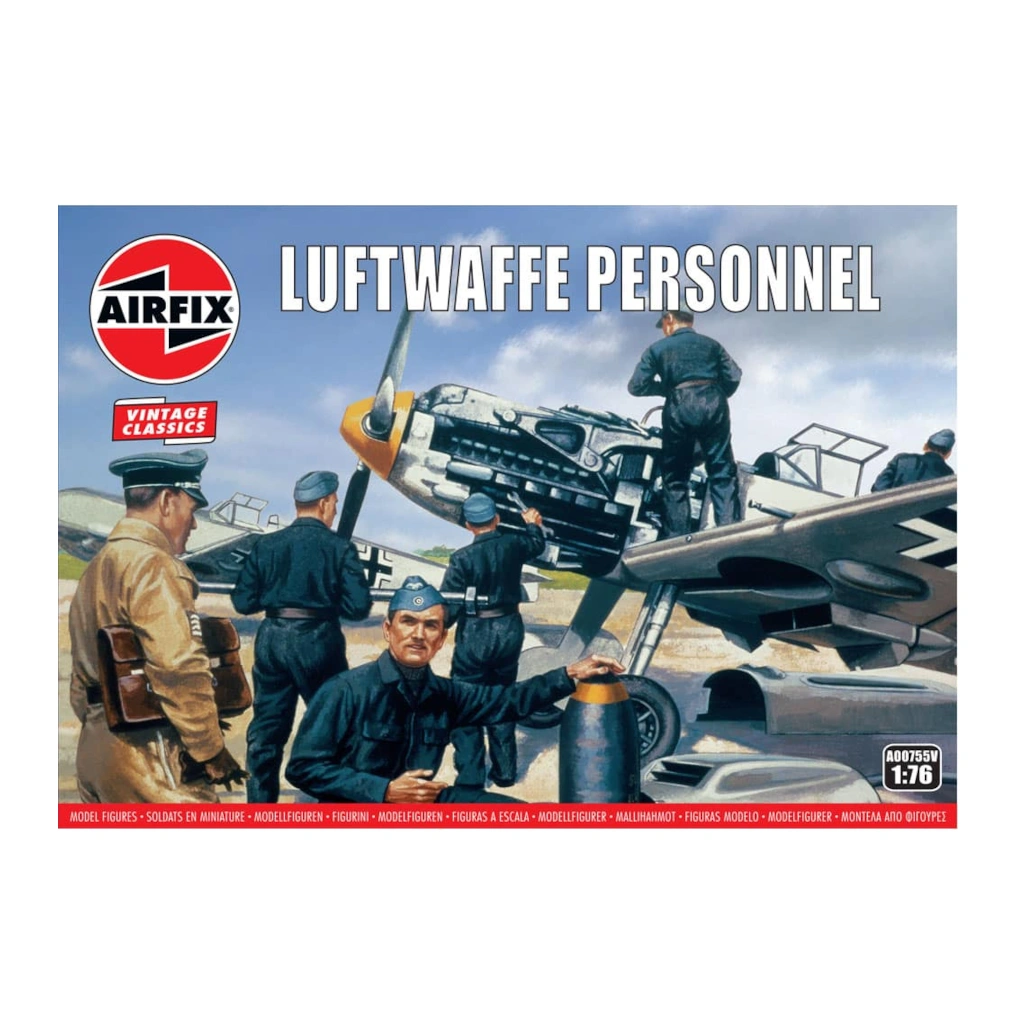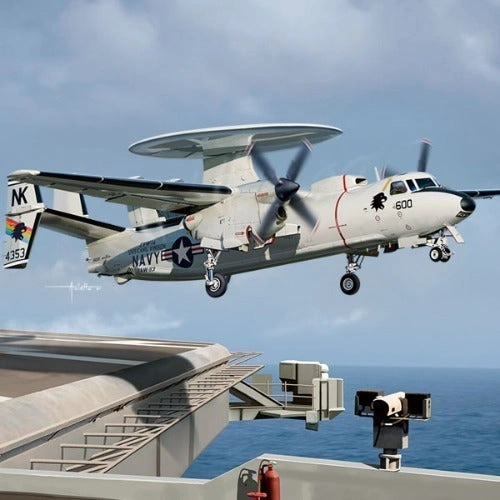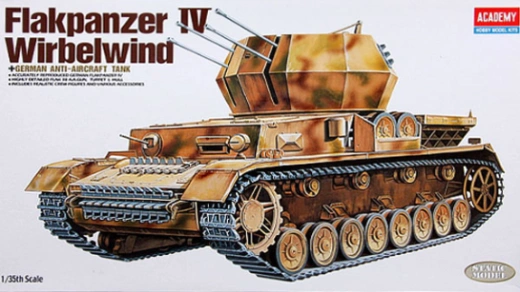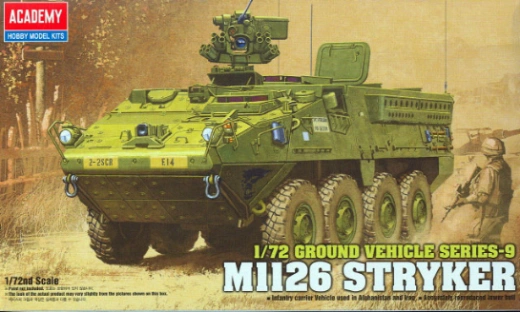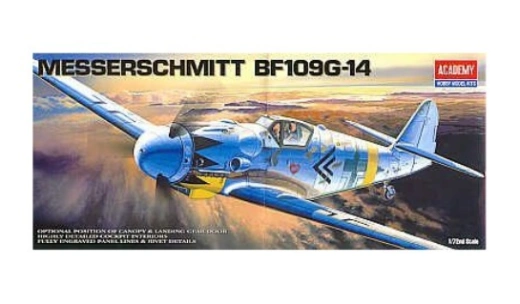AZ-Model 7575 1/72 Scale Curtiss Hawk H-75C1 French Service 'Over Africa' Plastic Model Kit
Even before the P-36A entered production, the French Air Force entered negotiations with Curtiss for delivery of 300 aircraft. The first Hawk 75A-1 (or H75A-1 n°1) arrived in France in December 1938 and began entering service in March 1939.
Officially designated as the Curtiss H75-C1 (the 'Hawk' name was not used in France), the aircraft were powered by Pratt & Whitney R-1830-SC-G engines of 900 hp and had instruments calibrated for the metric system, a seat for French dorsal parachutes, a French-style throttle which operated in reverse from U.S. and British aircraft (full throttle was to the rear rather than to the front) and armament of four (later models had six with two firing through the prop and four in the wings) 7.5 mm FN-Browning machine guns, aimed with a French-supplied Baille-Lemaire gun sight. The aircraft evolved through several modifications, the most significant being the installation of the Wright R-1820 Cyclone engine. The H75-C1 variant saw little operational use due to its late delivery and reliability problems with the Wright radial engine. A total of 316 H75s were delivered to France before the German occupation.
During 1939–1940, French H75 pilots claimed 230 air-to-air kills (of a total of 1,009 air-to-air kills by the French Air Force during 1939–1940) and 81 probable victories in H75s against only 29 aircraft lost in aerial combat.[18] While making up only 12.6 per cent of the French Air Force single-seater fighter force, the H75 accounted for almost a third of the air-to-air kills during the 1940 Battle of France.[17]
Of the 11 French aces of the early part of the war, seven flew H75s.
While under the Vichy government, these units clashed with British aircraft during the Battle of Mers El-Kebir and the Battle of Dakar. During Operation Torch in North Africa, French H75s fought against U.S. Navy F4F Wildcats, losing 15 aircraft while shooting down seven American aircraft. From late 1942, the Allies started re-equipping the formerly Vichy-controlled French H75 units with P-40s and P-39s.

